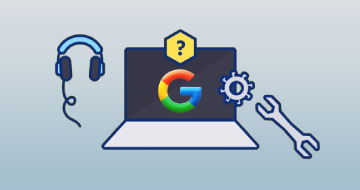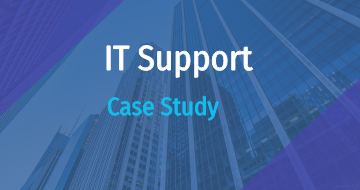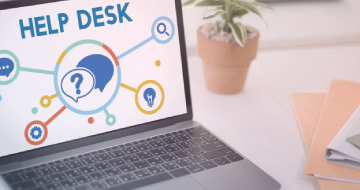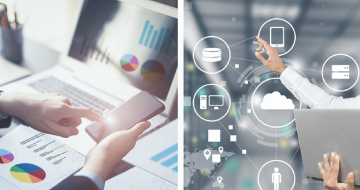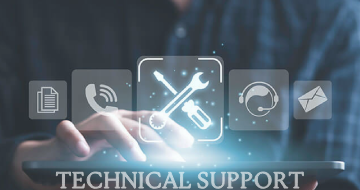IIRF Online > Personal Development > Career Development > IT / Technical Support > Certified IT Support Professional
Certified IT Support Professional by Vskills
Course Highlights
- Government Certification
- Certification valid for life
- Lifelong e-learning access
- Learning Hours: 15 hrs
- Life Time Job Support
- Job Profile Tagging
Skills you will learn!
Curriculum
4 Topics
1.1 Electricity versus Electronics
1.2 Electricity Basics
1.3 Analog electronics
1.4 Digital electronics
8 Topics
2.1 Introduction - What is Computer?
2.2 Characteristics of computer
2.3 Generation of computers
2.4 Classification of Computers
2.5 Applications of Computer
2.6 Representation of information
2.7 Commonly Used Computer Terms
2.8 Basic Operations of a Computer
6 Topics
3.1 Input Device
3.2 Output Devices
3.3 Cabinet or chassis
3.4 Storage Devices
3.5 Essential Technician Tools
3.6 Troubleshooting principle
9 Topics
4.1 Chassis types
4.2 Form Factor
4.3 Chassis Components
4.4 Opening Different Chassis
4.5 Accessing Components
4.6 Switched Mode Power Supply (SMPS)
4.7 Install and Replace SMPS
4.8 Troubleshoot SMPS
4.9 Electrostatic discharge (ESD)
16 Topics
5.1 Basic Components Identification
5.2 Form Factor
5.3 I/O Ports and Peripheral Interfaces
5.4 Memory Slots
5.5 Expansion Slots
5.6 Expansion cards
5.7 Disk Drives Connectors
5.8 Chipset
5.9 POST (Power On Self Test)
5.10 BIOS CMOS and CMOS Battery
5.11 Jumpers and DIP Switches
5.12 CPU Socket
5.13 Cooling
5.14 Configuring the Motherboard
5.15 Install Replace and Maintain a Motherboard
5.16 THE BOOTING PROCESS
8 Topics
6.1 CPU Basics
6.2 CPU Features
6.3 CPU Internals
6.4 History
6.5 CPU technologies
6.6 Identify the CPU
6.7 Install or Remove CPU
6.8 Troubleshoot CPU and Motherboard
11 Topics
7.1 Memory Basics
7.2 DRAM
7.3 SRAM
7.4 ROM
7.5 CMOS
7.6 Flash Memory
7.7 Memory Packaging
7.8 Identify your RAM
7.9 Install RAM
7.10 Remove RAM
7.11 Troubleshooting Memory
9 Topics
8.1 Optical Drives – CD and DVD-ROM/R/RW and Blue ray
8.2 Removable Storage – Tape Flash SD and USB
8.3 Hybrid Drive
8.4 Floppy Drives
8.5 Hard Disk Drive Systems
8.6 Formatting Hard Disk
8.7 Drive Connector and Cables
8.8 Install Hard Disk
8.9 Troubleshoot Hard Disk
10 Topics
9.1 Display Basics
9.2 Formats and Interfaces
9.3 Analog Video
9.4 Digital Video
9.5 Video Signals
9.6 Monitors
9.7 Cathode Ray Tube (CRT)
9.8 Liquid Crystal Displays (LCDs)
9.9 Install Monitor
9.10 Troubleshoot Monitor
11 Topics
10.1 Keyboard Basics
10.2 Keyboard Key Layouts
10.3 Keyboard Technologies
10.4 Keyboard Interfaces
10.5 Keyboard Maintenance.
10.6 Keyboard Troubleshooting
10.7 Mouse Basics
10.8 Mouse Technologies
10.9 Mouse Interfaces
10.10 Mouse Troubleshooting
10.11 Mouse Maintenance
12 Topics
11.1 Printer Basics
11.2 The Printing Process
11.3 Printer Types
11.4 Dot-Matrix Printer
11.5 Inkjet Printer
11.6 Thermal Printers
11.7 Laser Printers
11.8 Printer Interfaces
11.9 Page Description Languages
11.10 Install Printer
11.11 Maintaining Printer
11.12 Troubleshooting Printer
9 Topics
12.1 Scanners
12.2 TV Tuner Cards
12.3 MFD
12.4 Webcam
12.5 Digital Camera
12.6 Computer speakers
12.7 Microphone
12.8 UPS
12.9 KVM
10 Topics
13.1 Laptop Basics
13.2 Why a Laptop?
13.3 Classification
13.4 Components
13.5 Notebook Maintenance
13.6 Troubleshooting Notebook
13.7 Laptop Upgrading
13.8 Install Upgrade or Remove Memory
13.9 Install Upgrade or Remove Optical Drive
13.10 Install Upgrade or Remove Battery
13 Topics
14.1 Introduction
14.2 File and Directory
14.3 Using Commands
14.4 Introduction to simple batch files
14.5 Windows XP Setup
14.6 Windows User interface
14.7 File and Folder Management
14.8 Windows configuration
14.9 Windows Accessories
14.10 Windows Management
14.11 Optimizing Windows
14.12 Windows Troubleshooting
14.13 Restore Windows
11 Topics
15.1 What is a network?
15.2 Types of Networks
15.3 Network Devices
15.4 Internet Connectivity Options
15.5 Network Cabling and Connectors
15.6 IPv4
15.7 TCP/IP Protocols and Ports
15.8 Configuring IPv4 Steps
15.9 IPv6
15.10 Network Troubleshooting
15.11 Command-Line Tools
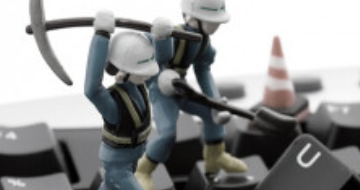
Certified IT Support Professional
